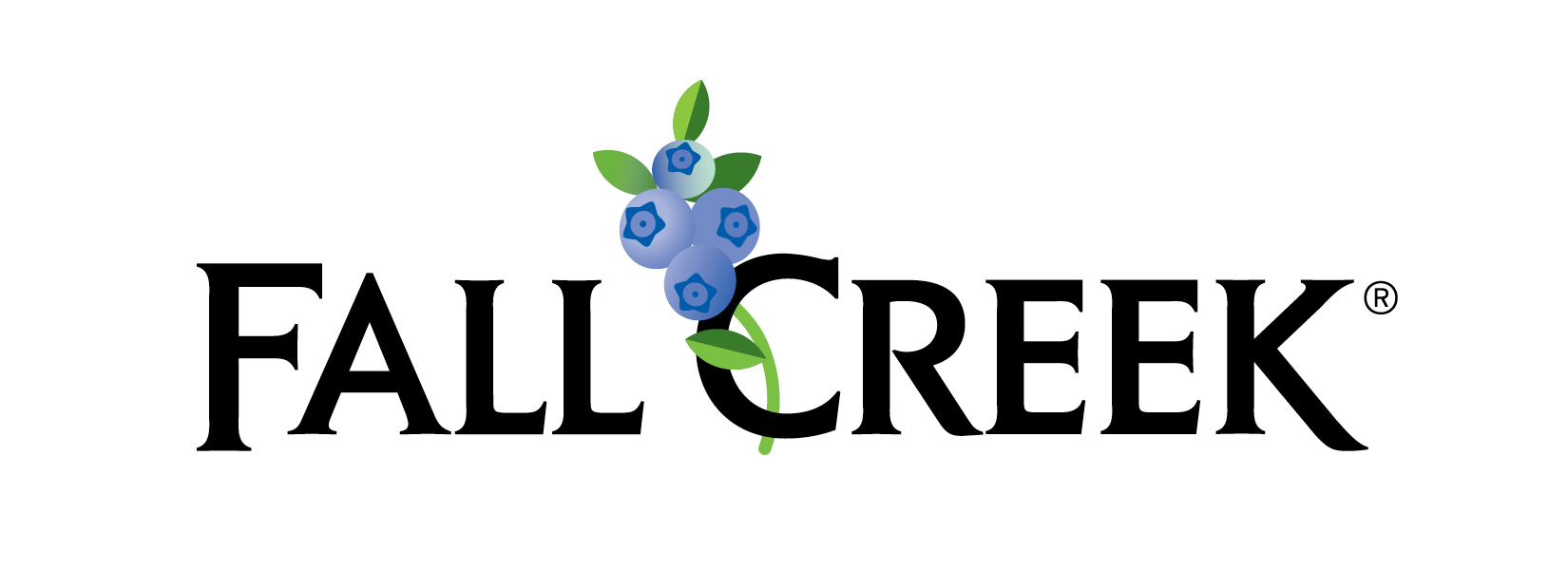Blueberry growers should change their farms (International Blueberry Conference recap)

The 11th International Blueberry Conference has already gone down in history. The two-day event gathered over 500 participants not only from Poland but also from numerous European countries. There were visitors from Ukraine, Lithuania, Belarus, Germany, the Netherlands, Romania, Croatia, Great Britain, Spain, Italy, Slovakia, Georgia and even distant Jordan. Many various topics were discussed during the conference. It seems that changes are needed on the blueberry market – on plantations, in production, in trade and marketing.
How to increase blueberry consumption?
Among the issues that seem to be crucial for the future of the blueberry business, there seems to be the perception of blueberry quality. All over the world, there is a trend indicating a regular increase in blueberry consumption. The leaders in this aspect are the Americans, where the consumption per person is 1.2 kg of blueberries per year – said Thomas Drahorad representing the Italian magazine Italian Berry. Blueberry consumption is also steadily increasing in Europe. According to Rabobank data, in 2014 the average European ate about 150 g of blueberries, and in 2022 – 600 g. Forecasts indicate that in 2026 the average consumption of blueberries in Europe will exceed 1 kg / person, which would mean a 100% increase compared to 2021. We can already see that in some markets the level of market penetration is very high and it is difficult to count on its continuous growth. Therefore, at this point it becomes crucial to convince customers who are already consumers of blueberries to buy and eat more of them. This can be achieved through good quality and repeatability – emphasized Thomas Drahorad.

Mechanization
How to achieve it? Through the appropriate selection of varieties, but also through the proper preparation of the product for sale. Undoubtedly, growing depreciation awaits growers, also in the field of sorting and preparing fruit for sale. Laura Vignoli from Unitec talked about it. Thanks to the solutions offered by Unitec, the selection of fruit becomes more accurate, the packaging is more homogeneous, thanks to which a grower or a packer receives fewer complaints. It becomes crucial to further improve the sorting process by being able to classify the by-product into different classes (soft berries, fruit with stems, color defects, etc.), and sell each of them at the best possible price. The use of intelligent and automatic technological solutions at all stages of blueberry sorting, from fruit classification to packaging, including the final sorting of boxes and automatic palletization, is now possible thanks to mechanization and robotization.
Blueberry harvest – costs and workers availability
The need for mechanization can also be seen in the field of harvesting. This topic was raised during the debate by Leon Schrijnwerkers, a nurseryman and grower from the Netherlands. Invited experts tried to answer the question “Who will pick blueberries in Europe?”. In the Netherlands and Germany, we already have very high blueberry production costs. In the Netherlands, the total cost of blueberry production last year was EUR 3.75/kg, with the cost of hand-harvesting alone at EUR 1.8/kg. However, when blueberries are harvested with a machine, the cost of harvesting is reduced to EUR 0.65/kg, and amounts totally at EUR 2.60/kg – informed the Dutch grower. It must be taken into account that in the coming years production costs will continue to increase and it will be even more difficult to recruit employees. That is why it is necessary to prepare plantations for mechanical harvesting now. It must be taken into account that such employees will be recruited by employment agencies in the future, as an individual grower will not be able to meet all formal requirements – emphasized Krzysztof Zabowka, operational director of Daifressh Berry.

Production should be stable
The 11th International Blueberry Conference ended with wishes for growers for the upcoming season, which is about to begin shortly. Most of the plantations have been pruned and are being prepared for harvesting in the coming year. The culminating point will be the official start of the blueberry harvest. The first blueberries will be tasted by the growers’ children, which will take place on July 3 during the inauguration of the International Blueberry Organization summit.
Poland is one of the largest blueberry fruit producers in Europe. Plantings of this species currently cover 12,000 ha. Fruit production in 2022 amounted to 64 thousand tones. Polish blueberry season starts at the end of June and lasts until the beginning of October.










































































































































